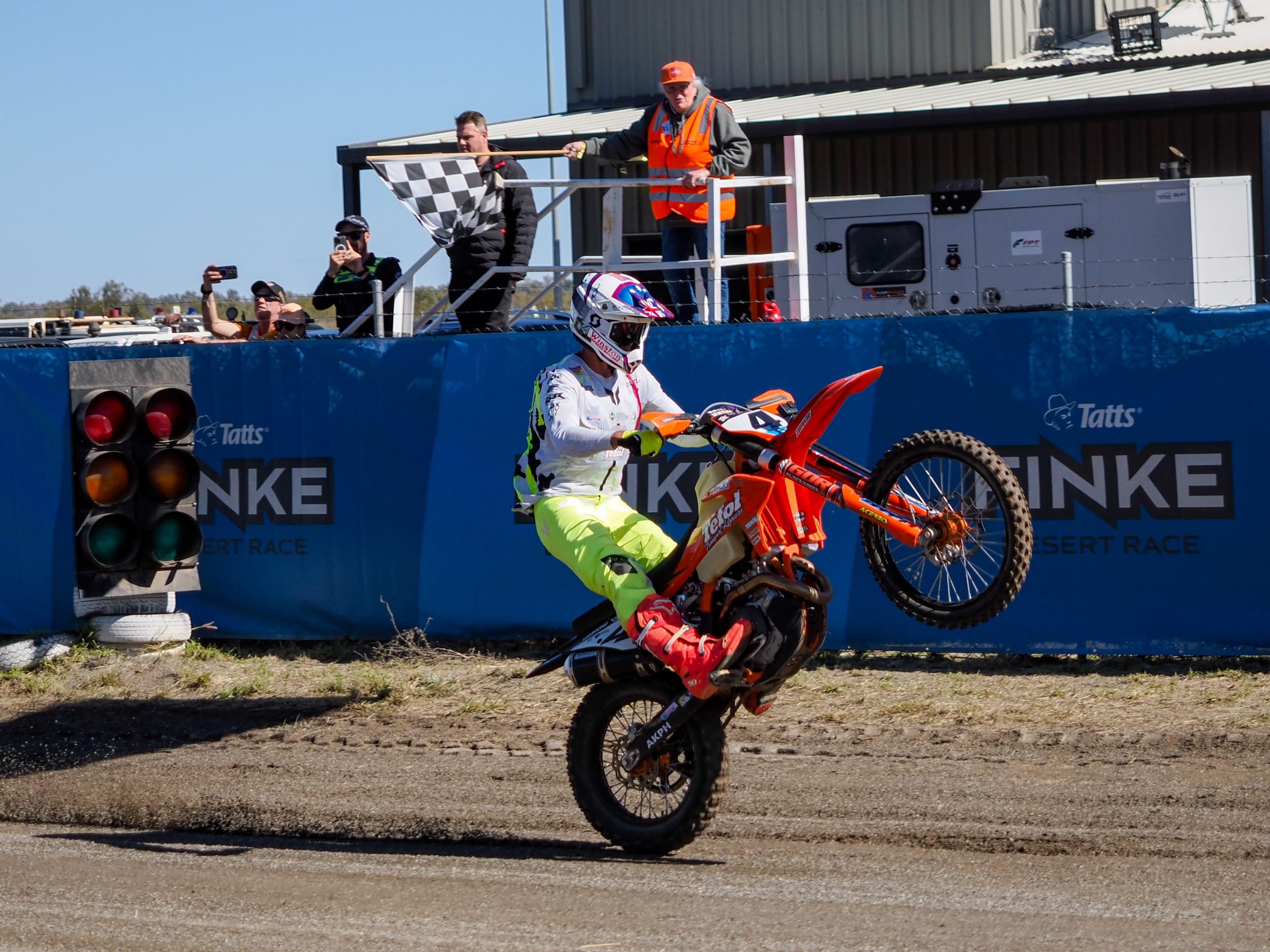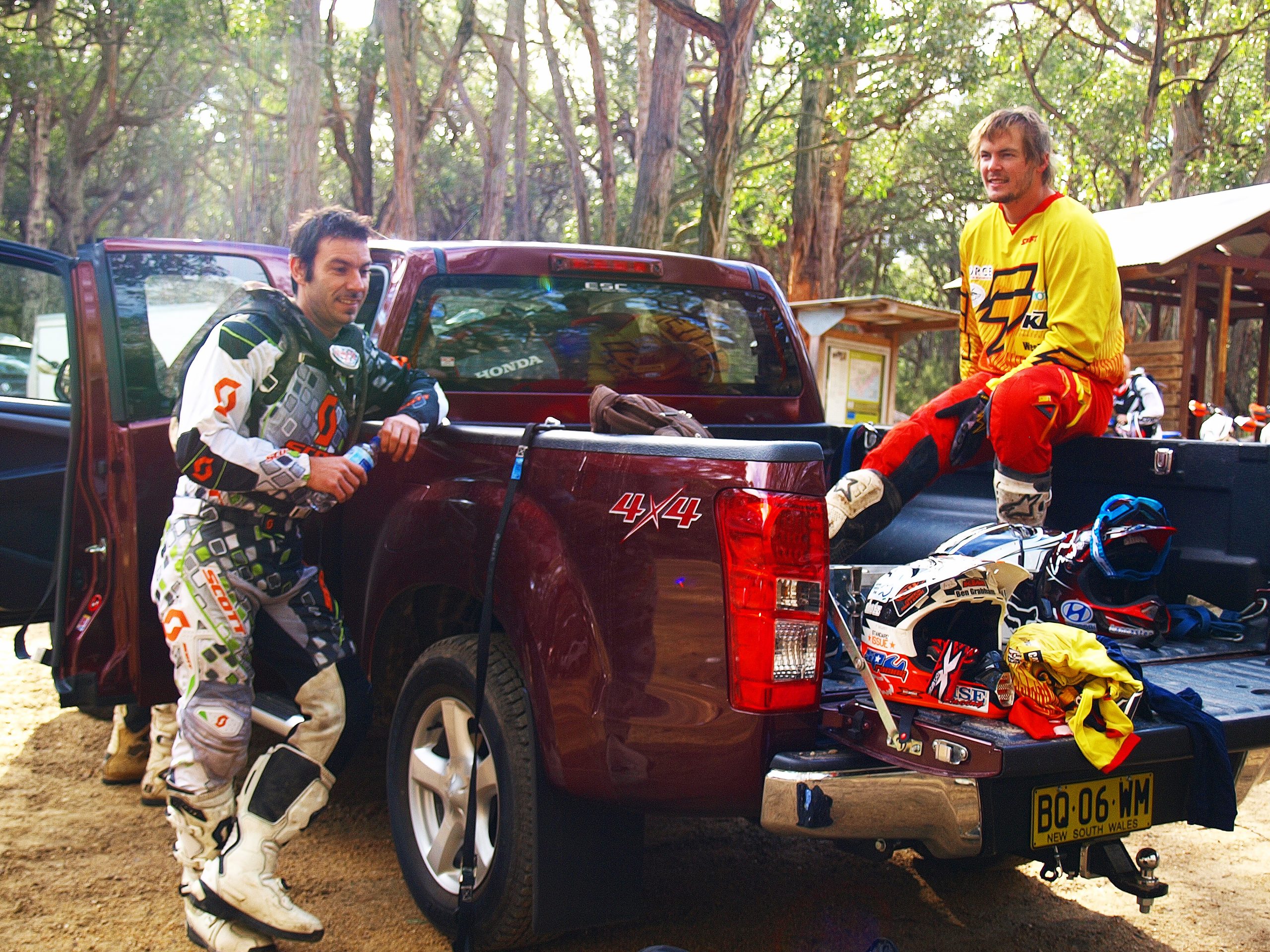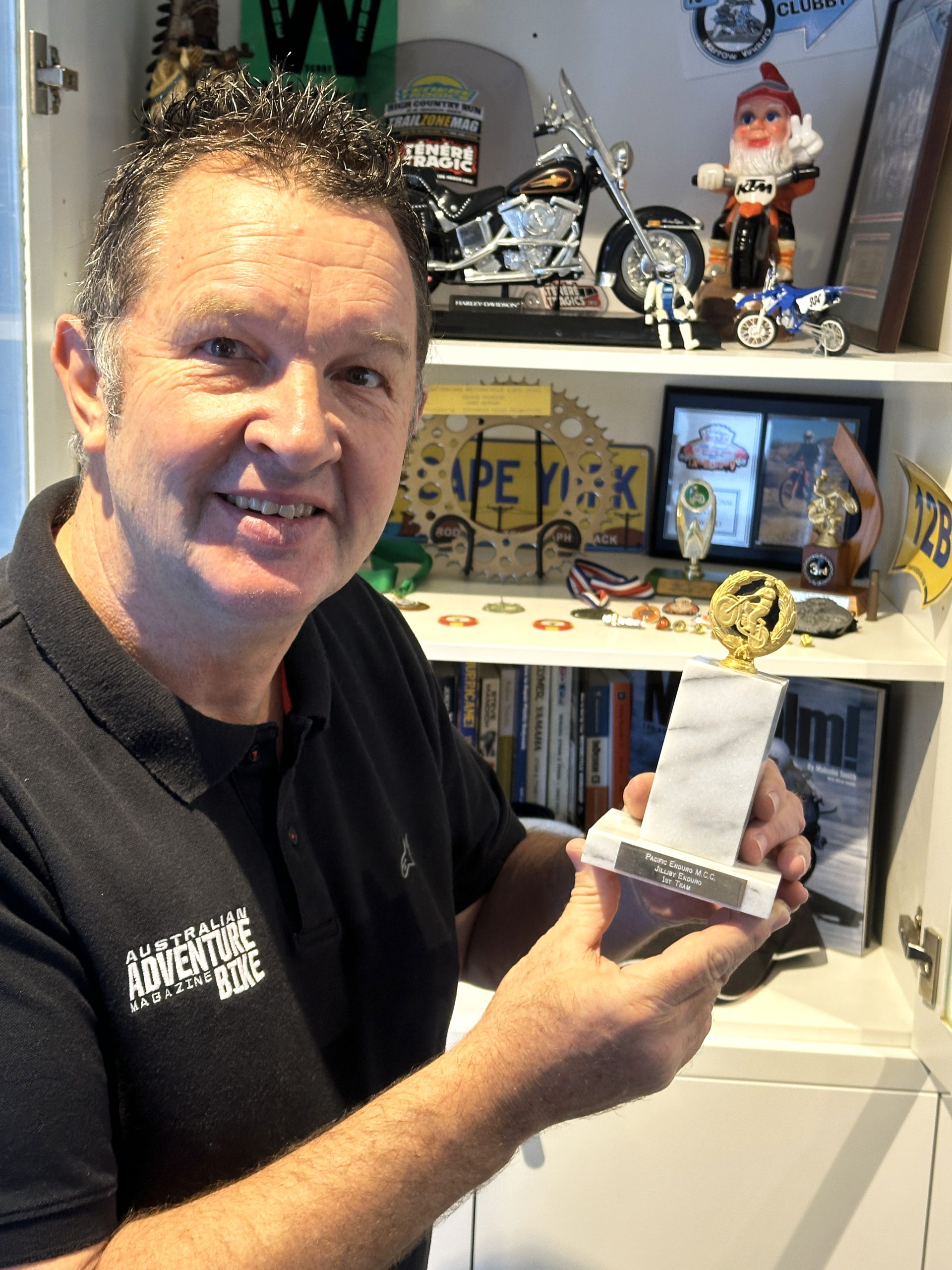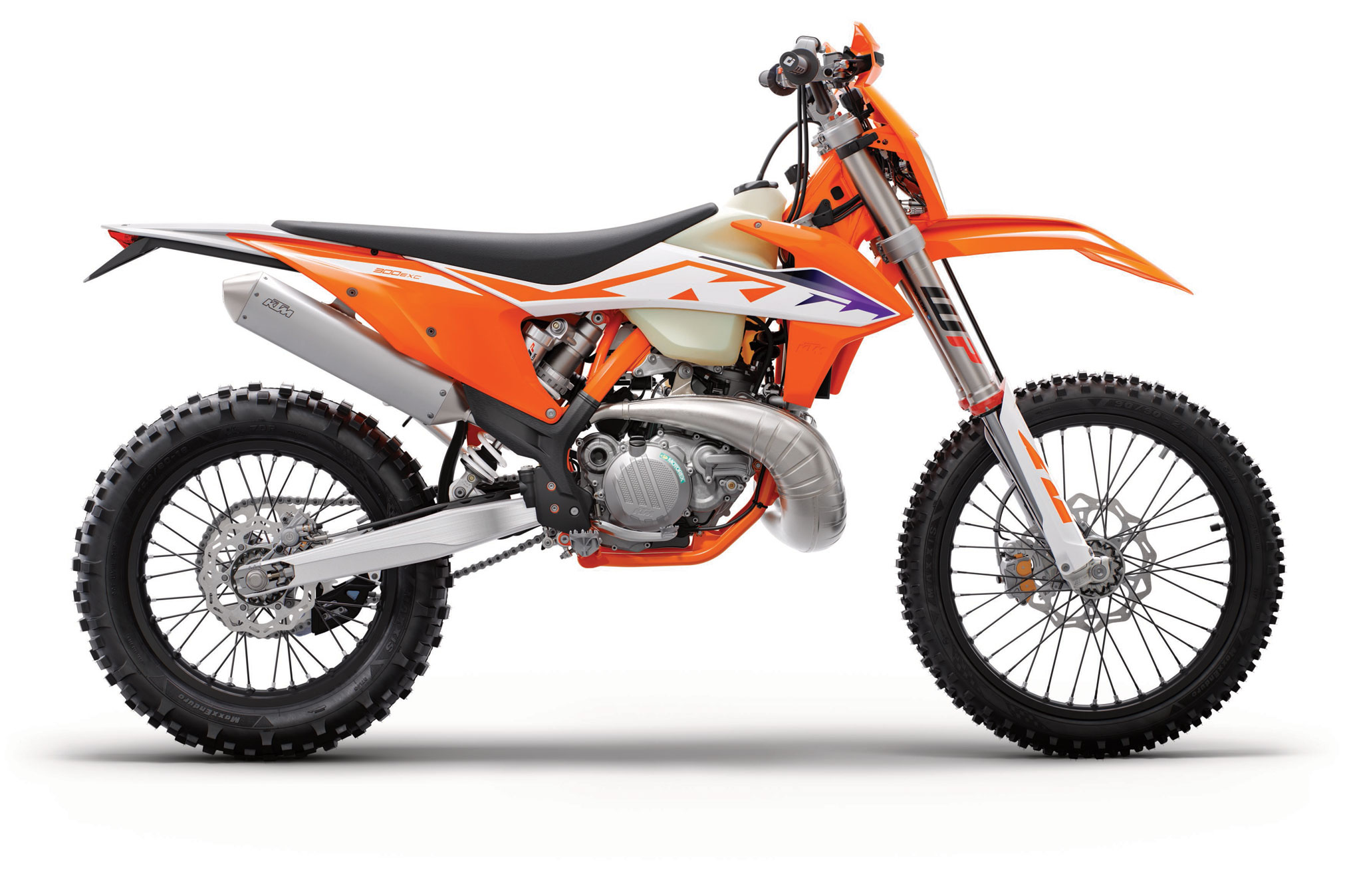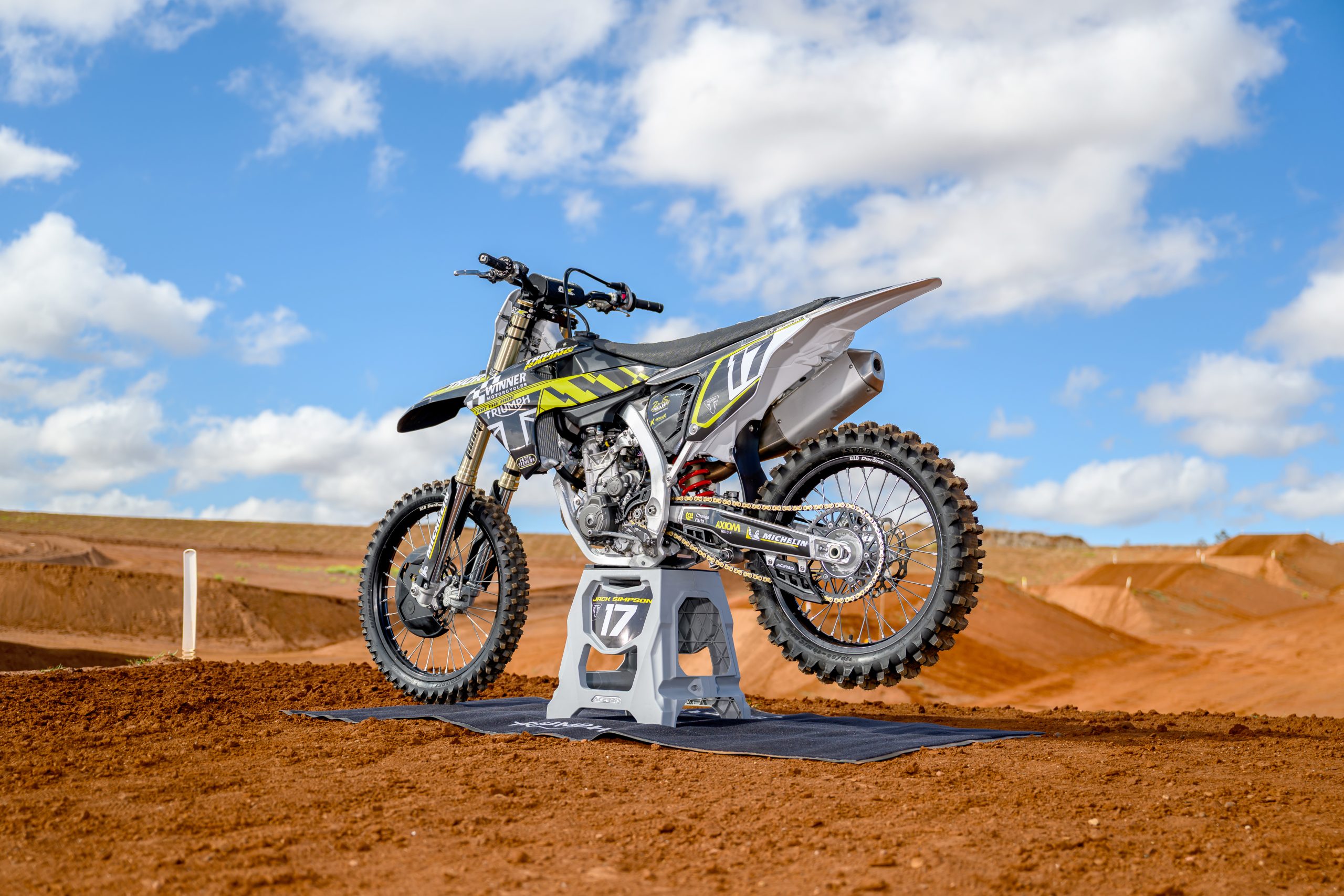Remember, if in doubt take your bike to your local mechanic.
1. Clean The Air Filter
Cleaning your bike’s air filter should be something you do frequently if you ride in dusty conditions, which for most of Australia is all the time. It’s probably our most hated part of running a dirtbike but one of the most important.
Here is how to do it the right way.
<< How To Clean an Air Filter >>
2. Replace Engine Oil
Dirt bike engine oil goes to hell and back every time you ride. The high RPMs, constant clutch abuse, and the huge amount of heat give the oil inside your bike’s engine a pretty short life span. Models that run separate transmission and engine oil can go longer between changes but in the case of most modern high-performance enduro and motocross bikes, they will thank you for frequent oil changes.
Replacing engine oil changes from bike to bike but here is a basic overview of how to get it done.
<< How To Change Engine Oil >>
3. Replace Brake Pads
If you’re heavy on the brakes you’ll burn through pads at a rate of knots, especially if you ride in muddy conditions. You’ll probably find your rear pads wear faster than your front but that’s not the case for everyone.
Whether your bike runs Nissin, Brembo or something else, the way to change pads is pretty much the same across the board.
<< How To Replace Rear Brake Pads >>
4. Replace Grips
The main point of contact between you and the bike is the handlebar grips and they cop a flogging. You should be gripping the bike with your knees to take some of the pressure of your hands but that’s easier said than done. A new set of grips will improve your control over the bike, reduce fatigue, and if like us you’ve got soft office hands, give you a better chance of fitting off blisters.
If you run bolt-on grips then go to step 5, if not, here is how you can replace the handlebar grips on your bike.
<< How To Replace Dirt Bike Grips >>
5. Adjust Chain Tension
Proper chain adjustment is one of the most basic aspects of bike maintenance yet many riders neglect it. Correct chain adjustment is important for the longevity of your chain and sprockets. If you get a flat tyre or break a lever you can still ride home but a broken or derailed chain is game over unless you carry a chain breaker and spare links.
We show you the steps to ensure your chain is at the correct tension.
<< How To Adjust Your Chain >>
6. Install New Levers
New levers are in no way critical but they look cool and that’s important, right? Plus, if you snap a lever you need to know how to replace it. Brake and clutch levers are often the first things to break when you drop your bike. To prevent either of them from breaking and ruining your ride, don’t crash! If you do, here is how to replace them.
<< How To Replace Levers >>
7. Carby Clean
If your bike runs a carburettor it’s important to keep if clean, otherwise, your bike won’t run properly. Carbies often get oxidised over the years or get damaged by rotten fuel left in them. All this build-up gunk can be hard to remove and expensive carby cleaner won’t always budge it. Leaving this built up gunk inside your carby can lead to blocked jets and leaking needles down the track.
<< How To Restore a Carburettor >>
7.1 >> After you’ve clean the carby here is how to set the jets.
8. Grease Linkage Bearings
A new bike comes straight from the factory with little or no grease in the swingarm pivot and linkage bearings. It is always a good idea to pull them apart and pack them with grease. Even if you purchased your bike second hand, never assume the previous owner greased the swingarm pivot and linkage bearings because chances are they didn’t, and it can end up costing you a lot of money down the track if they seise.
We are going to show you how to grease linkage bearings.
<< How To Grease Linkage Bearings >>
9. Two-Stroke Top-End Rebuild
Four-stroke riders move along, this next one is for two-smokers. It might seem daunting but rebuilding the top-end on a two-stroke is straight forward and will breathe new life into your tired machine. It’s important to do it correctly so if you’re really not confident, it’s always best to take your bike to a professional. If you’ve got enough mechanical know-how, here is how to rebuild a two-stroke top-end.
<< How To Rebuild a 2T Top-End >>
10. Replace Clutch Plates
This next tutorial is KTM specific but replacing clutch plates is something you need to do if you’re a clutch abuser. Changing KTM clutch plates might seem like a simple job but if it’s done incorrectly then the life of the clutch could be significantly reduced or you could do hundreds of dollars’ worth of damage. The main difference between a typical Japanese-manufactured clutch and an Austrian one is the metal pins that locate the steel plates on the clutch hub. A typical Japanese design does not have these pins and the steel plates locate on the hub directly.
<< How To Replace Clutch Plates >>
